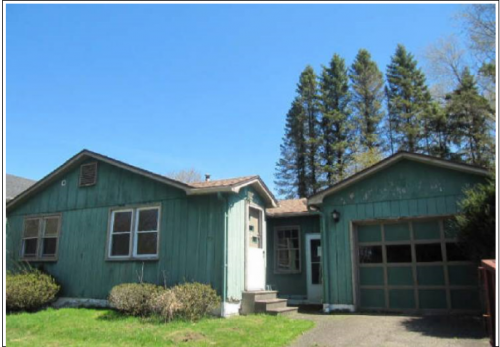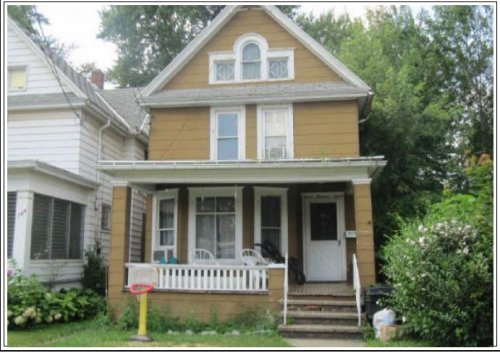New York State Land Bank Act | Chautauqua County Land Bank
The Chautauqua County Land Bank works in compliance with the New York State Land Bank Act. This act allows for our board and staff to execute the various landbanking programs we offer such as the demolition program and the vacant lot disposition program.
As early as 2007, a handful of New York State leaders, motivated by the impressive results of land banks in other states (notably Michigan and Ohio), began to advocate for legislation allowing local governments to create land banks to complement and bolster existing blight prevention efforts. After three years of building a network of supporters across the state, Assemblyman Sam Hoyt and Senator David Valesky—the bill’s primary sponsors—finally saw the New York State Land Bank Act signed into law by Governor Andrew Cuomo on July 29, 2011.
The original legislation allowed for the creation of up to ten land banks through a competitive application process managed by the Empire State Development Corporation. This sustained campaign to educate officials and attract sponsors clearly had long-term benefits. A bill introduced in the spring of 2014 by Attorney General Eric Schneiderman to increase the number of potential land banks from 10 to 20 was passed immediately and unanimously by both chambers, and approved in June 2014.
The New York State Land Bank Act allows for “foreclosing governmental units (FGUs),” or local governments who collect and foreclose on property taxes, to create land banks. As outlined in the legislation, land banks are created by the local government, are local public authorities, and operate as independent nonprofits acting in the public interest.

The New York Land Bank Act grants special powers and legal authorities such as:
- Obtain property at low or no cost through the tax foreclosure process.
- The right of first refusal to purchase properties being sold after tax foreclosure.
- Hold land tax-free.
- Clear title and/or extinguish back taxes.
- Lease properties for temporary uses.
- Negotiate sales based not only on the highest bid but also on the outcome that most closely aligns with community needs (i.e. workforce housing, a grocery store, or expanded recreational space).
Recent News & Updates
Determined to be unsafe as well as unsightly, the long-abandoned Portage Inn on N. Portage Avenue in Westfield was demolished Thursday.
The dangerously decrepit Portage Inn building in downtown Westfield will soon disappear from 18-28 N. Portage St. now that the village board unanimous...
The city of Dunkirk will be opening bids Monday for asbestos surveys on seven properties that would get them closer to demolition.










